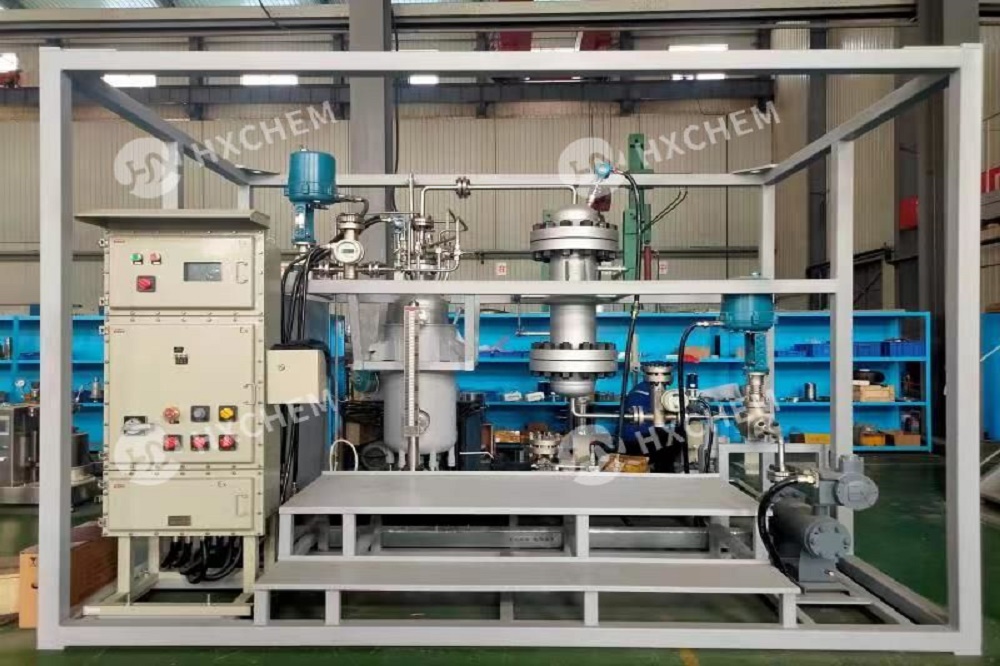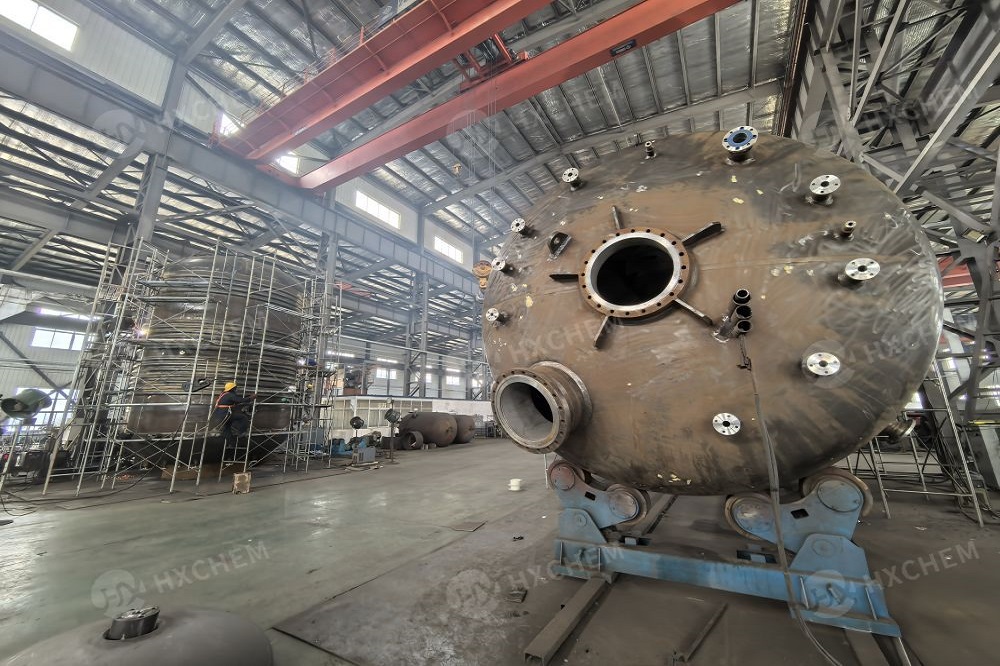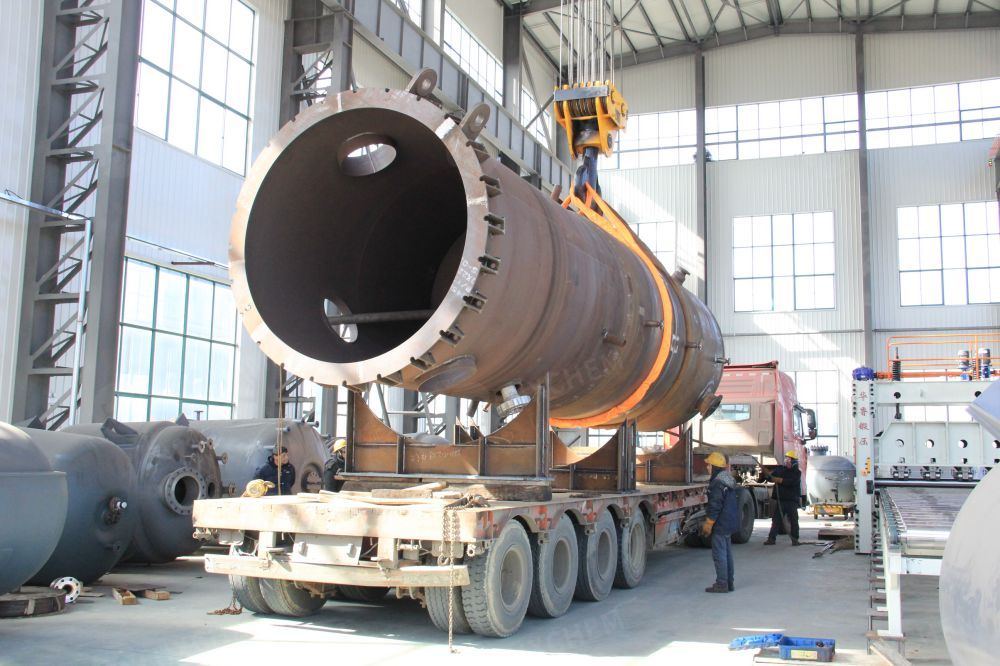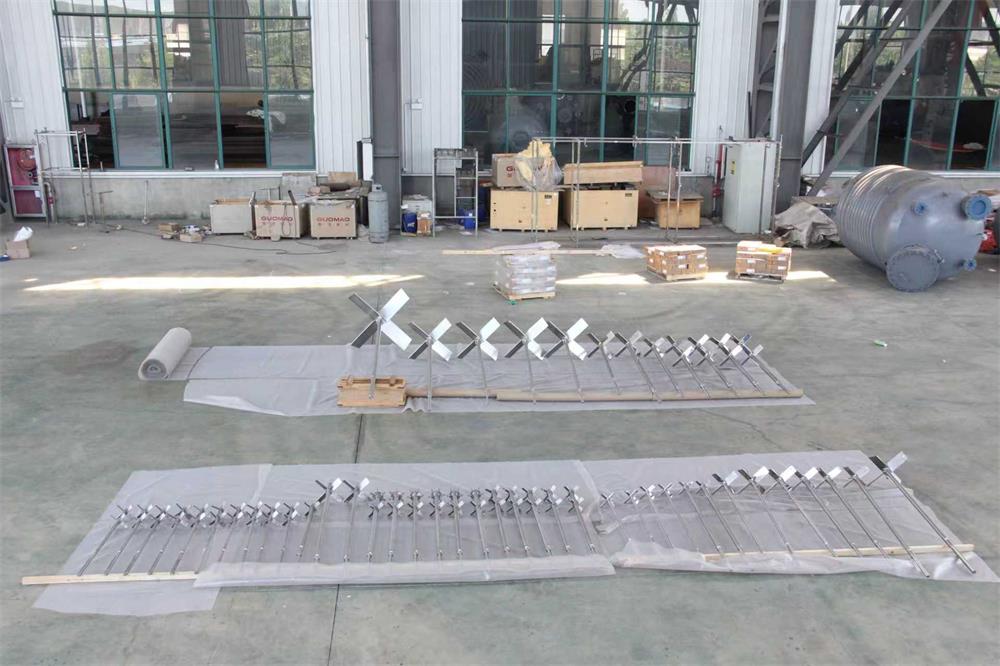ASME U-STEMPEL DRUKREACTOR EXPORT NAAR DE VERENIGDE STATEN
2025-05-27
ASME U STAMP PRESSURE REACTOR EXPORT TO UNITED STATES
China [Weihai], [May 27, 2025] - Today, the customized pressure stirred reactor of [Weihai Huixin Chemical Machinery Co., LTD.] with ASME U stamp certification was shipped to the United States. This batch of equipment will be applied to the clean energy project of a large chemical enterprise in Texas, the United States, to help it achieve efficient and safe biofuel production.
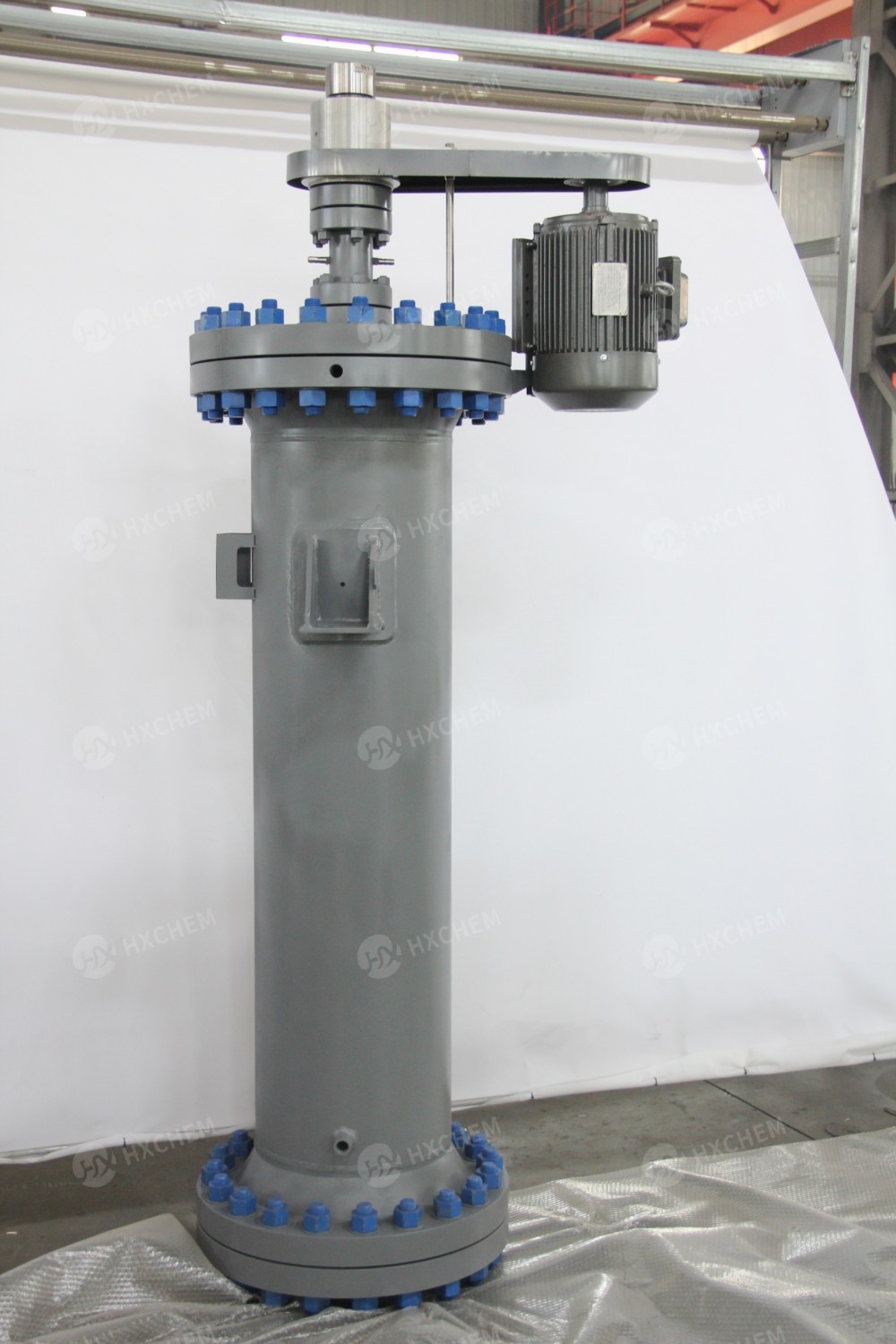
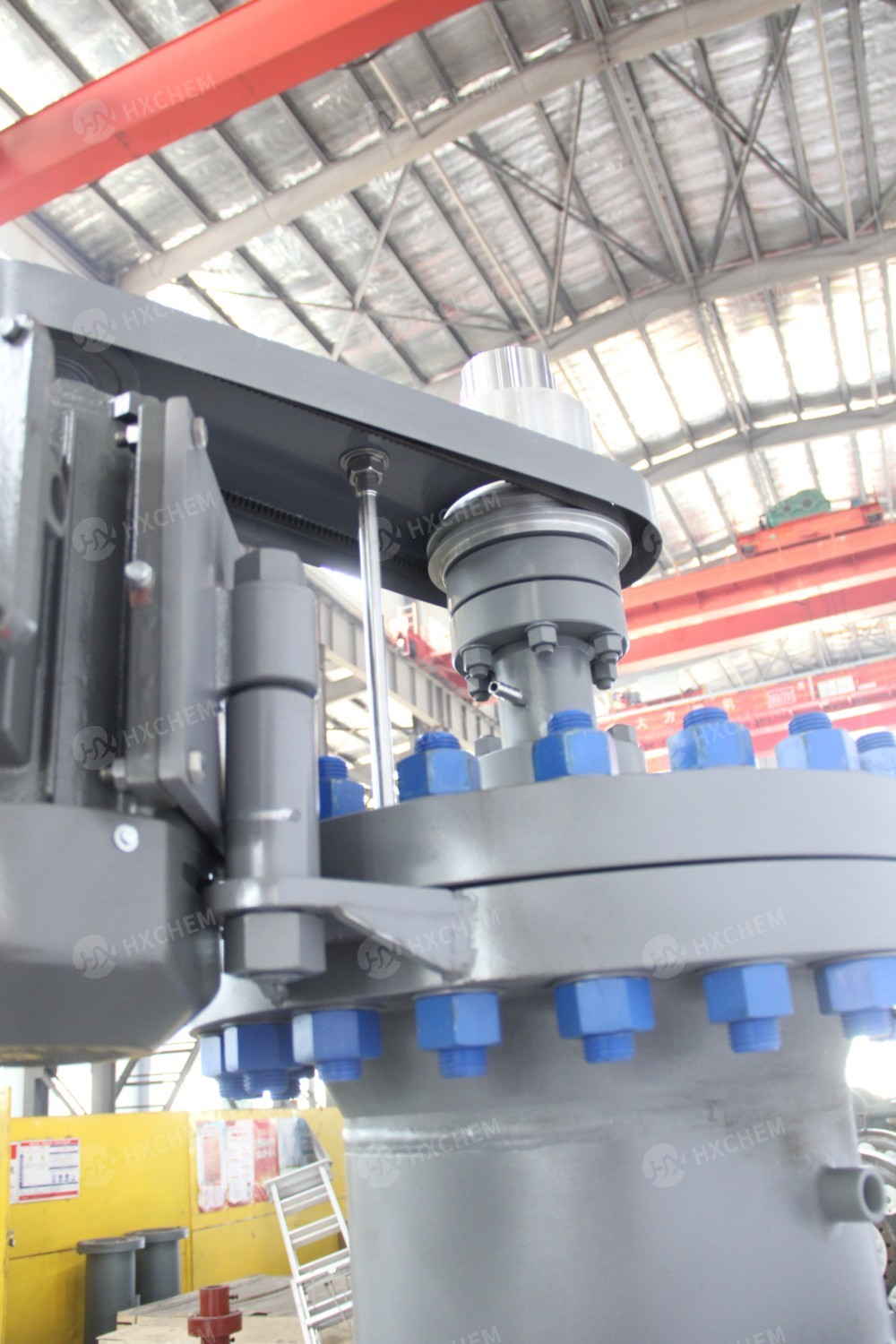
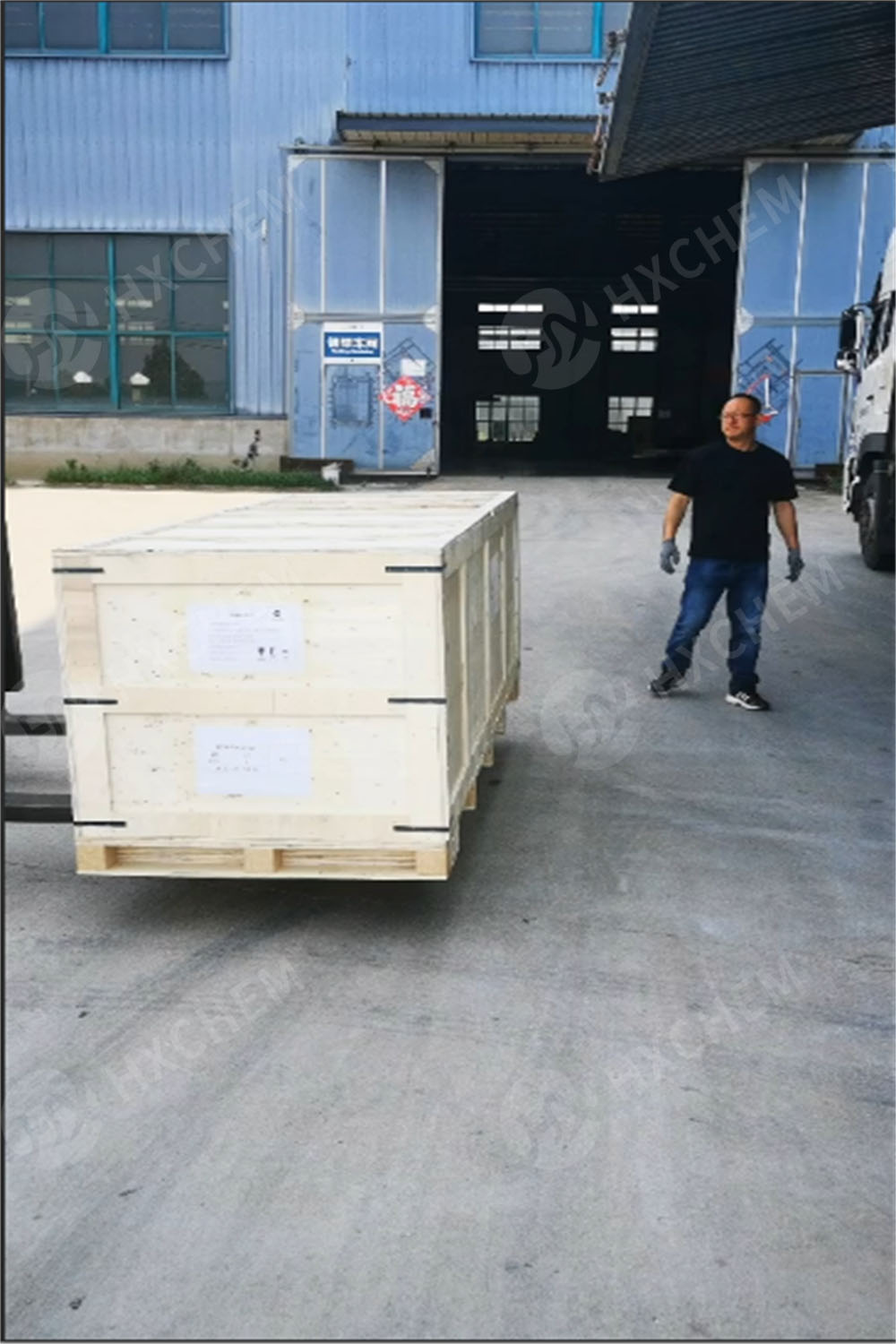
High standard delivery:
The STEMP series pressure reactors exported this time are specially designed for the harsh working conditions of high temperature and high pressure. They adopt innovative composite materials and modular structures, can operate stably under the conditions of 450℃ and 25MPa, and have passed the full-process quality control such as material testing, welding process and non-destructive testing required by the ASME U stamp certification. This certification is regarded as the dddhhhtechnical passdddhhh in the global pressure vessel field, and this delivery further consoles our competitiveness in the international market.
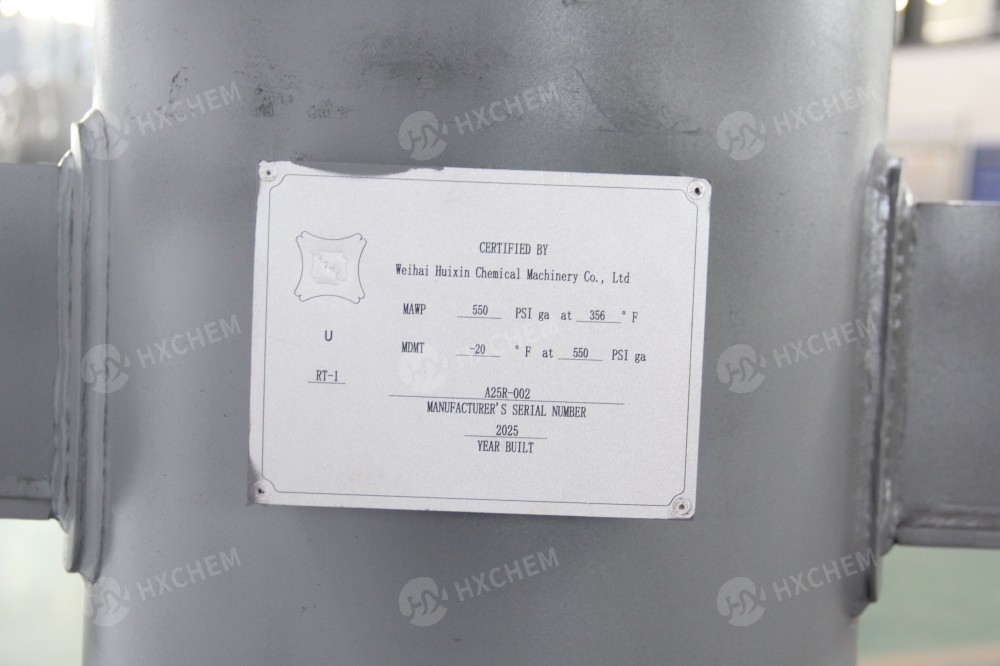
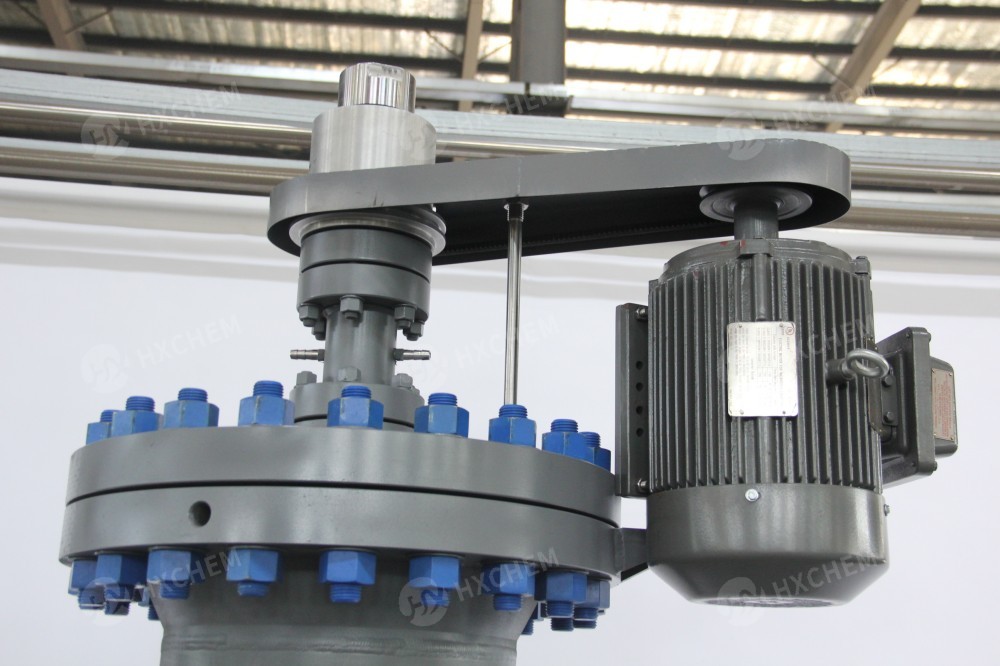
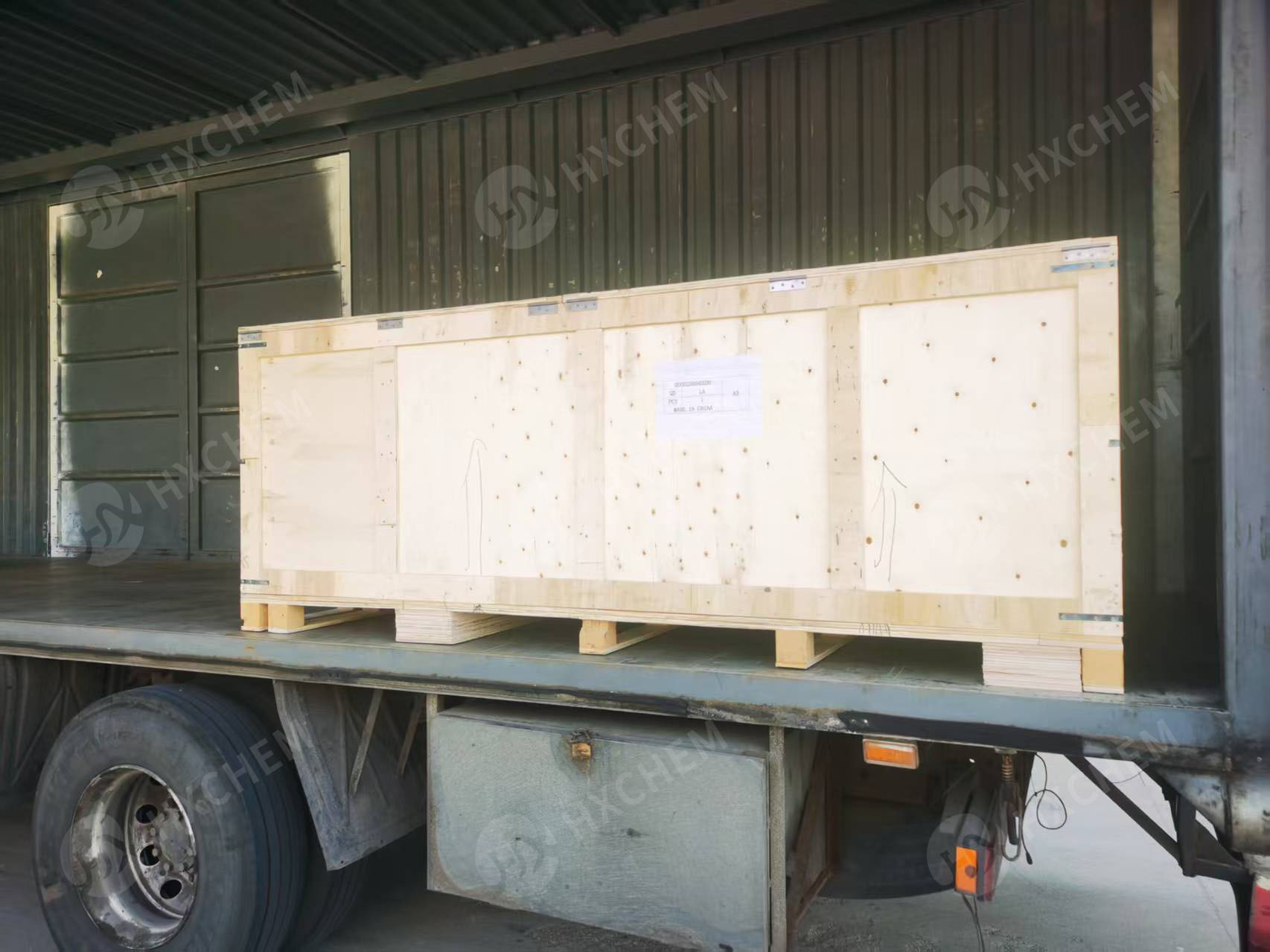
About [weihai xin hui chemical machinery co., LTD.] deep field for more than 20 years of pressure vessel, we focus on r&d and manufacture of high temperature and high pressure reaction kettle, [50] products have been exported to worldwide countries and regions. With international certifications such as ASME U, EAC, ISO 9001 and CE, the company continuously provides safe and reliable solutions for the chemical, pharmaceutical and new energy industries.
A stirred pressure reactor is a specialized vessel designed to conduct chemical reactions under controlled high-pressure conditions with efficient mixing. Here's a detailed breakdown of its components, applications, and considerations:
Key Components
Pressure Vessel:
Constructed from robust materials like stainless steel, Hastelloy, or titanium to withstand high pressure and corrosive environments.
Complies with industry standards (e.g., ASME) for safety and durability.
Stirring Mechanism:
Types: Magnetic stirrers (common in labs), mechanical seals with impellers, paddles, or anchor stirrers (for viscous mixtures).
Purpose: Enhances mixing efficiency, ensuring uniform temperature and reactant distribution, critical for reaction rate and yield.
Heating/Cooling Systems:
External jackets or internal coils circulate thermal fluids (e.g., water, oil) to maintain precise temperature control.
Manages exothermic/endothermic reactions via cooling/heating.
Pressure and Temperature Controls:
Sensors and automated systems monitor/adjust conditions in real time.
Safety features include pressure relief valves, rupture disks, and emergency venting.
Safety Features:
Inert gas purging (e.g., nitrogen) to prevent explosions.
Emergency shutdown protocols and leak detection systems.
Applications
Chemical Synthesis: Hydrogenation, polymerization, and catalytic reactions (e.g., pharmaceutical drug development).
Industrial Processes: Ammonia production (Haber process), petrochemical refining, and biodiesel synthesis.
Research: High-pressure kinetic studies and material testing under extreme conditions.
Advantages
Efficiency: Improved mass/heat transfer accelerates reactions and increases yields.
Versatility: Adaptable to diverse reactions (gas-liquid, solid-liquid) and scalable from lab to industrial settings.
Challenges
Complexity: Higher costs due to pressure-rated materials and stirring mechanisms.
Maintenance: Seals and stirrers require regular inspection/replacement, especially in corrosive environments.
Heat Transfer: Viscous mixtures may demand specialized agitators for effective mixing.
Design Considerations
Material Selection: Corrosion-resistant alloys for harsh chemistries.
Scalability: Larger reactors need robust agitation and thermal management.
Compliance: Adherence to safety regulations and routine integrity testing.
Example Use Case
In lab-scale catalytic hydrogenation, a stirred pressure reactor enables efficient mixing of hydrogen gas with reactants under controlled pressure, enhancing reaction speed and uniformity compared to non-stirred systems.
Conclusion
Stirred pressure reactors are indispensable in modern chemistry, offering precise control over reaction conditions. Their design balances efficiency, safety, and adaptability, making them vital in both research and industry.

